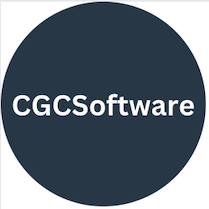Using SQLite instead of LocalStorage with Ionic
For the last few Ionic apps I’ve built I’ve used Local Storage to save data, usually app settings or a list of names. Generally a small amount of data so it was fine in local storage.
Now on the app I’m building for myself I need to use a better data storage solution, one of the possible options is SQLite. Searching on the internet I found Nic Raboy’s great introduction on how to set up and insert data into an SQLite database in your Ionic app.
Use SQLite Instead of Local Storage in Ionicframework
This is a great intro, the one thing I did find was I was running my app in the Chrome emulator and the SQLite database wasn’t being created. So I have to build my app and get it running the iOS emulator, which with the power of the Ionic framework takes only 3 lines to do:
- $ ionic platform add ios
- $ ionic build ios
- $ ionic emulate ios
This launches the iOS emulator loading your Ionic app. Then if you open Safari and go to the developer tools you can use the inspector to look at what your app is doing (Develop > Simulator) any console logs you have in your code will appear in the console.
With a combination of Nic’s article and using the Web Developer tools in Safari I’m able to get SQLite up and running in my app and move away from local storage.
